Join us on Patreon!
https://www.patreon.com/MichaelLustgartenPhD
Levine’s Biological age calculator is embedded as an Excel file in this link from my website:
Join us on Patreon!
https://www.patreon.com/MichaelLustgartenPhD
Levine’s Biological age calculator is embedded as an Excel file in this link from my website:
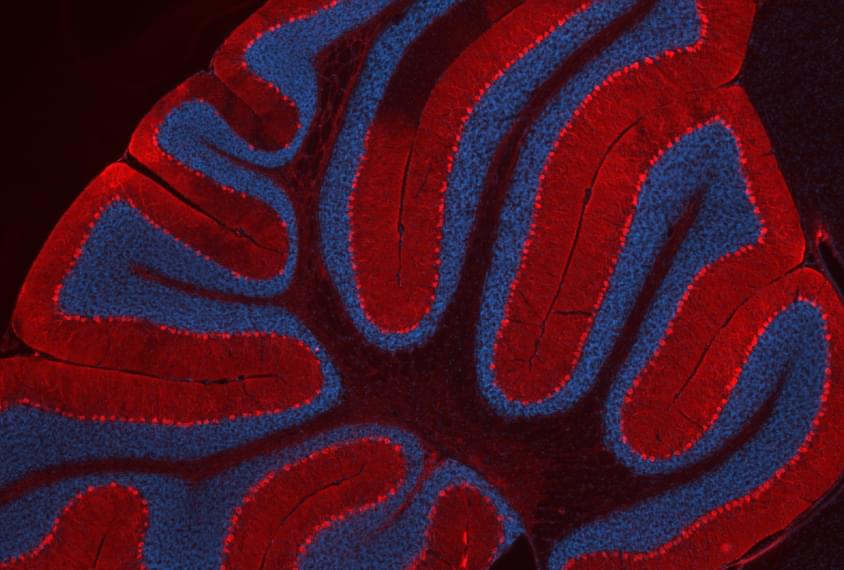

Senolytics are an emerging class of drugs designed to target zombie-like cells that have stopped dividing and build up in the body as we age, and the past few years have seen some exciting discoveries that demonstrate their potential. Adding another to the list are Mayo Clinic researchers, who have shown that these drugs can protect against aging and its related diseases, by acting on a protein long associated with longevity.
The zombie-like cells involved in this research are known as senescent cells, and their accumulation during aging is associated with a range of diseases. Recent studies have shown that using senolytics to clear them out could serve as new and effective treatments for dementia and diabetes, and also improve health and lifespan more broadly.
The Mayo Clinic team were exploring how senolytics can influence levels of a protein called a-klotho, known to help protect older people from the effects of aging. The role of this protein in the aging process is well established and has placed it at the center of much research in this space, with studies demonstrating how it could help reverse osteoarthritis and regenerate old muscles.

Summary: AI technology helped map out diverse and subjective psychedelic experiences to different brain regions.
Source: The Conversation.
For the past several decades, psychedelics have been widely stigmatized as dangerous illegal drugs. But a recent surge of academic research into their use to treat psychiatric conditions is spurring a recent shift in public opinion.

R/IntelligenceSupernova — dedicated to techno-optimists, singularitarians, transhumanist thinkers, cosmists, futurists, AI researchers, cyberneticists, crypto enthusiasts, VR creators, artists, philosophers of mind. Accelerating now towards the Cybernetic Singularity with unprecedented advances in AI & Cybernetics, VR, Biotechnology, Nanotechnology, Bionics, Genetic Engineering, Optogenetics, Neuroengineering, Robotics, and other IT fields.
Join now: https://www.reddit.com/r/IntelligenceSupernova.
#Subreddit #IntelligenceSupernova
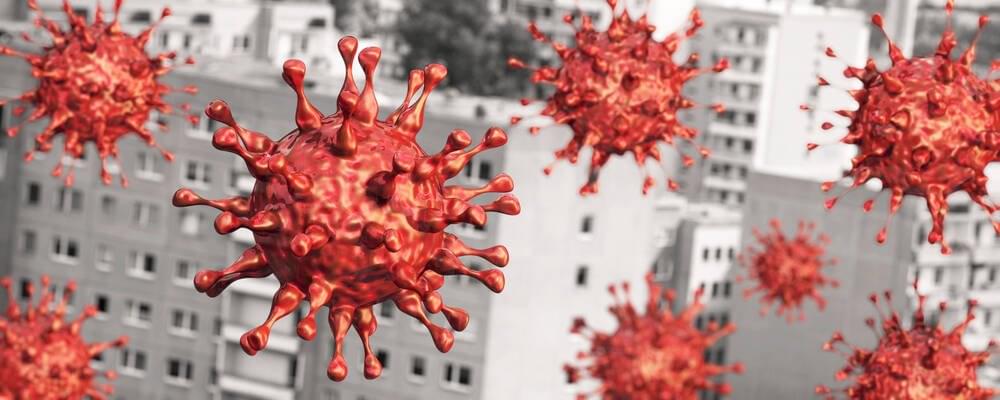
What can heal can also be used to destroy?
MegaSyn is built to generate drug candidates with the lowest toxicity for patients. That got Urbina thinking. He retrained the model using data to drive the software toward generating lethal compounds, like nerve gas, and flipped the code so that it ranked its output from high-to-low toxicity. In effect, the software was told to come up with the most deadly stuff possible.
He ran the model and left it overnight to create new molecules.
It was quite impressive and scary at the same time, because in our list of the top 100, we were able to find some molecules that are VX analogues
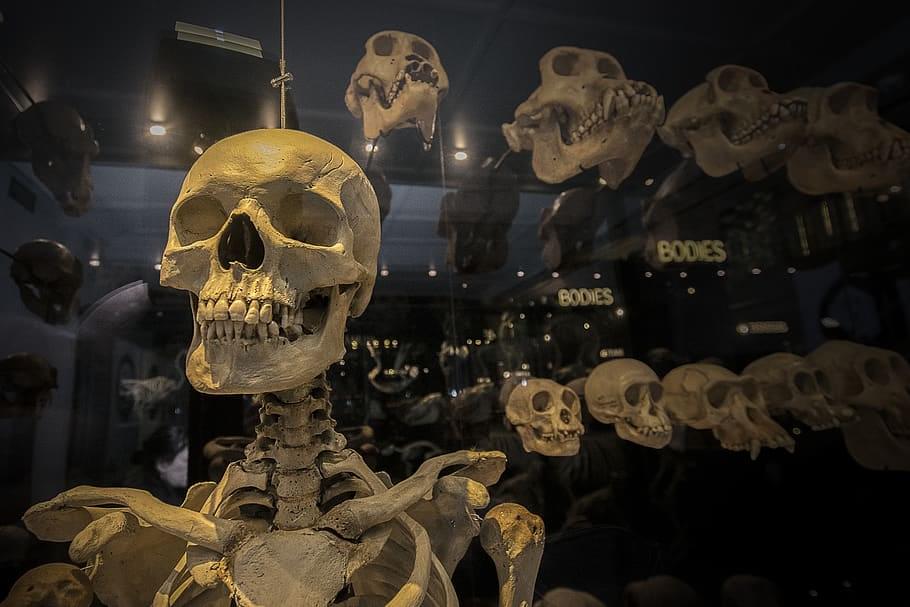
And going forward, we’ll do this with far more knowledge of what we’re doing, and more control over the genes of our progeny. We can already screen ourselves and embryos for genetic diseases. We could potentially choose embryos for desirable genes, as we do with crops. Direct editing of the DNA of a human embryo has been proven to be possible — but seems morally abhorrent, effectively turning children into subjects of medical experimentation. And yet, if such technologies were proven safe, I could imagine a future where you’d be a bad parent not to give your children the best genes possible.
Computers also provide an entirely new selective pressure. As more and more matches are made on smartphones, we are delegating decisions about what the next generation looks like to computer algorithms, who recommend our potential matches. Digital code now helps choose what genetic code passed on to future generations, just like it shapes what you stream or buy online. This might sound like dark science fiction, but it’s already happening. Our genes are being curated by computer, just like our playlists. It’s hard to know where this leads, but I wonder if it’s entirely wise to turn over the future of our species to iPhones, the internet and the companies behind them.
Discussions of human evolution are usually backward looking, as if the greatest triumphs and challenges were in the distant past. But as technology and culture enter a period of accelerating change, our genes will too. Arguably, the most interesting parts of evolution aren’t life’s origins, dinosaurs, or Neanderthals, but what’s happening right now, our present – and our future.
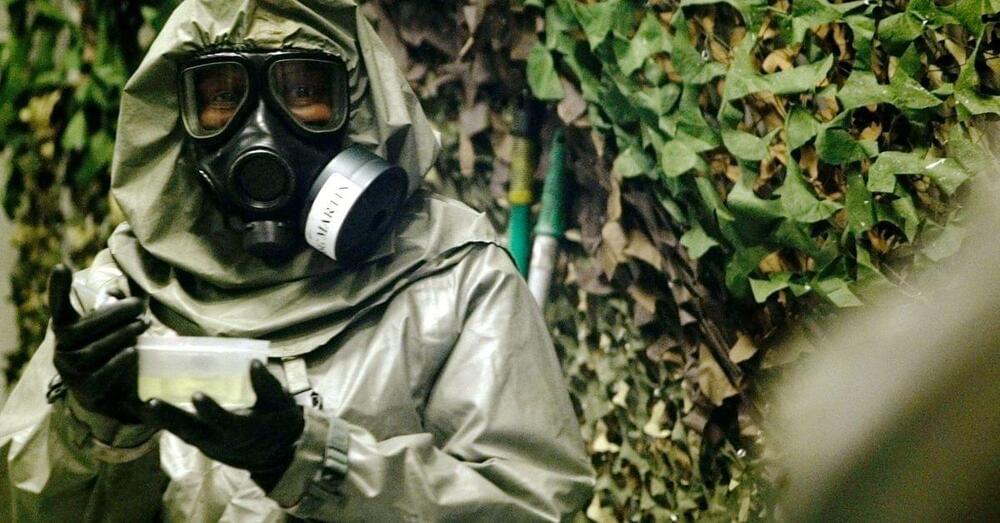
For me, the concern was just how easy it was to do. A lot of the things we used are out there for free. You can go and download a toxicity dataset from anywhere. If you have somebody who knows how to code in Python and has some machine learning capabilities, then in probably a good weekend of work, they could build something like this generative model driven by toxic datasets. So that was the thing that got us really thinking about putting this paper out there; it was such a low barrier of entry for this type of misuse.
AI could be just as effective in developing biochemical weapons as it is in identifying helpful new drugs, researchers warn.
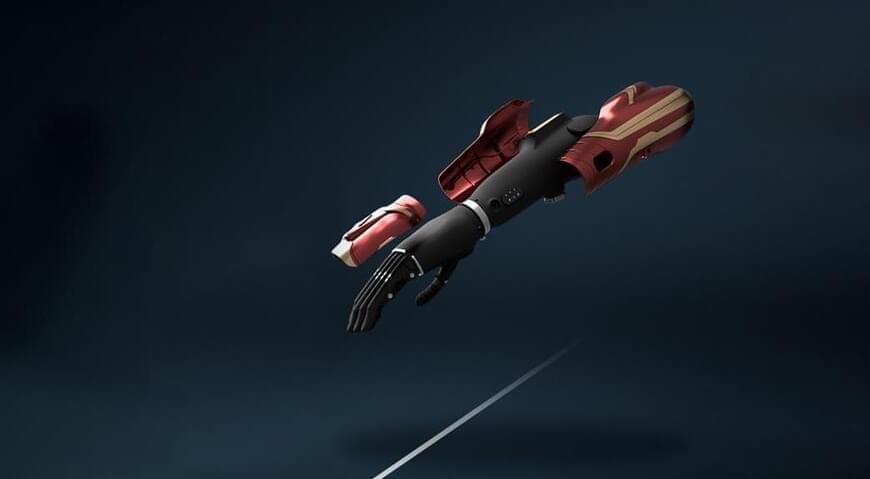
An advanced bionic arm can be life-changing for a person with an upper limb amputation. But in India, with a population of nearly 1.4 billion and average income of just $2,000 a year, advanced prosthetics are financially out of reach for many amputees.
So the Indian startup Makers Hive developed one that’s not only 90% cheaper, but also more functional.
Advanced prosthetics: A bionic arm contains sensors that press against the skin of the wearer’s residual limb to detect electrical signals from their nerves.
The 3D-printed, lightweight KalArm is the result of those efforts. It features 16 grips, customizable panels, and a companion app, which can be used to monitor the arm’s performance, as well as install firmware updates.
Indian startup Makers Hive has developed a bionic arm that’s not only 90% cheaper than most, but also more functional.
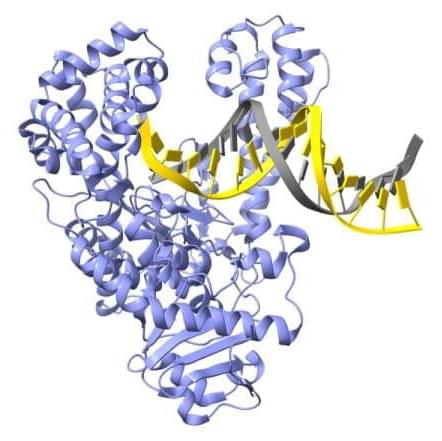
In a paper published today in Sciences Advances, researchers in the Department of Chemistry and the Department of Physics & Astronomy at the University of California, Irvine revealed new details about a key enzyme that makes DNA sequencing possible. The finding is a leap forward into the era of personalized medicine when doctors will be able to design treatments based on the genomes of individual patients.